Intro
Learn to remove face age spots with effective treatments and home remedies, reducing appearance of liver spots, sun spots, and hyperpigmentation for a smoother, youthful complexion.
As we age, our skin undergoes a series of changes that can lead to the formation of age spots, also known as liver spots or solar lentigines. These flat, brown or black spots can appear on various parts of the body, including the face, hands, and arms, and can be a source of concern for many individuals. While age spots are generally harmless, they can be unsightly and affect a person's self-esteem. In this article, we will delve into the world of age spots, exploring their causes, symptoms, and most importantly, the various methods available to remove them.
The formation of age spots is a complex process that involves the interaction of multiple factors, including genetics, sun exposure, and skin health. As we age, our skin's natural ability to regenerate and repair itself slows down, leading to the accumulation of melanin, the pigment responsible for skin color. Prolonged sun exposure can further exacerbate this process, causing the formation of age spots. Other factors, such as hormonal changes, stress, and certain medical conditions, can also contribute to the development of age spots.
Understanding the causes and symptoms of age spots is crucial in determining the best course of treatment. Age spots can vary in size, shape, and color, and can appear as isolated spots or clusters. They are usually flat and oval in shape, and can range in color from light brown to dark black. While age spots are generally benign, it's essential to consult a dermatologist to rule out any underlying medical conditions that may be contributing to their formation. With the right diagnosis and treatment, it's possible to remove face age spots and achieve a smoother, more even-toned complexion.
Causes of Age Spots
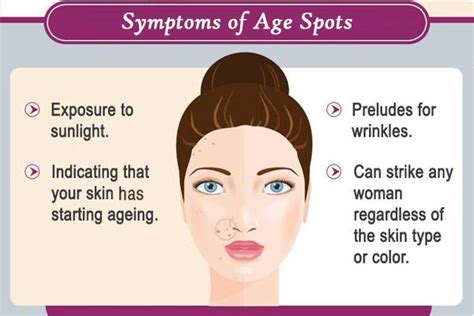
Genetics and Age Spots
Genetics play a significant role in the formation of age spots. Individuals with a family history of age spots are more likely to develop them, especially if they have fair skin. Research has shown that certain genetic mutations can affect the skin's natural ability to regulate melanin production, leading to the formation of age spots.Sun Exposure and Age Spots
Prolonged sun exposure is a significant contributor to the formation of age spots. UV radiation from the sun or tanning beds can cause the skin to produce more melanin, leading to the formation of age spots. Individuals who spend a lot of time outdoors, especially during peak sun hours, are more likely to develop age spots.Symptoms of Age Spots
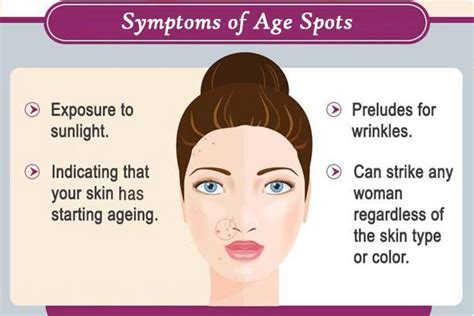
Types of Age Spots
There are several types of age spots, including solar lentigines, seborrheic keratoses, and melasma. Solar lentigines are the most common type of age spot and are caused by sun exposure. Seborrheic keratoses are small, benign growths that can appear on the face, hands, and arms. Melasma is a type of age spot that is caused by hormonal changes and can appear as large, blotchy patches on the face.Treatments for Age Spots
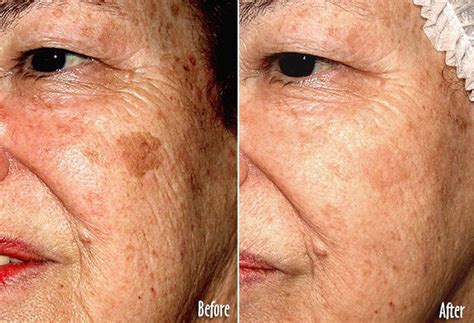
Topical Creams for Age Spots
Topical creams can be an effective treatment for age spots, especially for mild cases. Hydroquinone is a common ingredient used in topical creams to treat age spots, as it can help to lighten the skin and reduce the appearance of age spots.Laser Therapy for Age Spots
Laser therapy is a highly effective treatment for age spots, as it can help to target the pigment responsible for age spots, breaking it up and removing it from the skin. There are several types of laser therapy available, including Q-switched lasers, fractional CO2 lasers, and pulsed dye lasers.Prevention of Age Spots
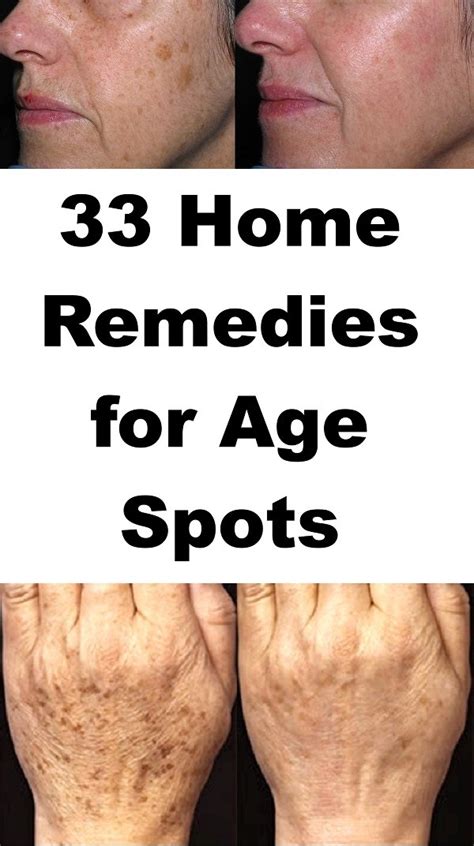
Protecting the Skin from the Sun
Protecting the skin from the sun is essential in preventing age spots. This can be done by wearing sunscreen with a high SPF, avoiding prolonged sun exposure, and wearing protective clothing. It's also essential to seek shade, especially during peak sun hours, and to avoid tanning beds.Natural Remedies for Age Spots
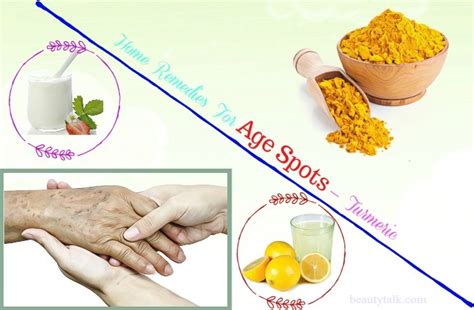
Using Lemon Juice for Age Spots
Lemon juice can be an effective natural remedy for age spots, as it contains citric acid, which can help to lighten the skin. Applying lemon juice to the affected area can help to reduce the appearance of age spots, but it's essential to dilute the lemon juice with water, as it can be harsh on the skin.Conclusion and Next Steps

We invite you to share your thoughts and experiences with age spots in the comments section below. Have you tried any of the treatments or natural remedies mentioned in this article? What were your results? By sharing your story, you can help others who may be struggling with age spots.
What are age spots?
+Age spots, also known as liver spots or solar lentigines, are flat, brown or black spots that can appear on various parts of the body, including the face, hands, and arms.
What causes age spots?
+Age spots are caused by a combination of factors, including genetics, sun exposure, and skin health. As we age, our skin's natural ability to regenerate and repair itself slows down, leading to the accumulation of melanin.
How can I prevent age spots?
+Preventing age spots is easier than treating them, and there are several steps that can be taken to reduce the risk of developing age spots. Wearing sunscreen with a high SPF, avoiding prolonged sun exposure, and wearing protective clothing can all help to prevent age spots.
